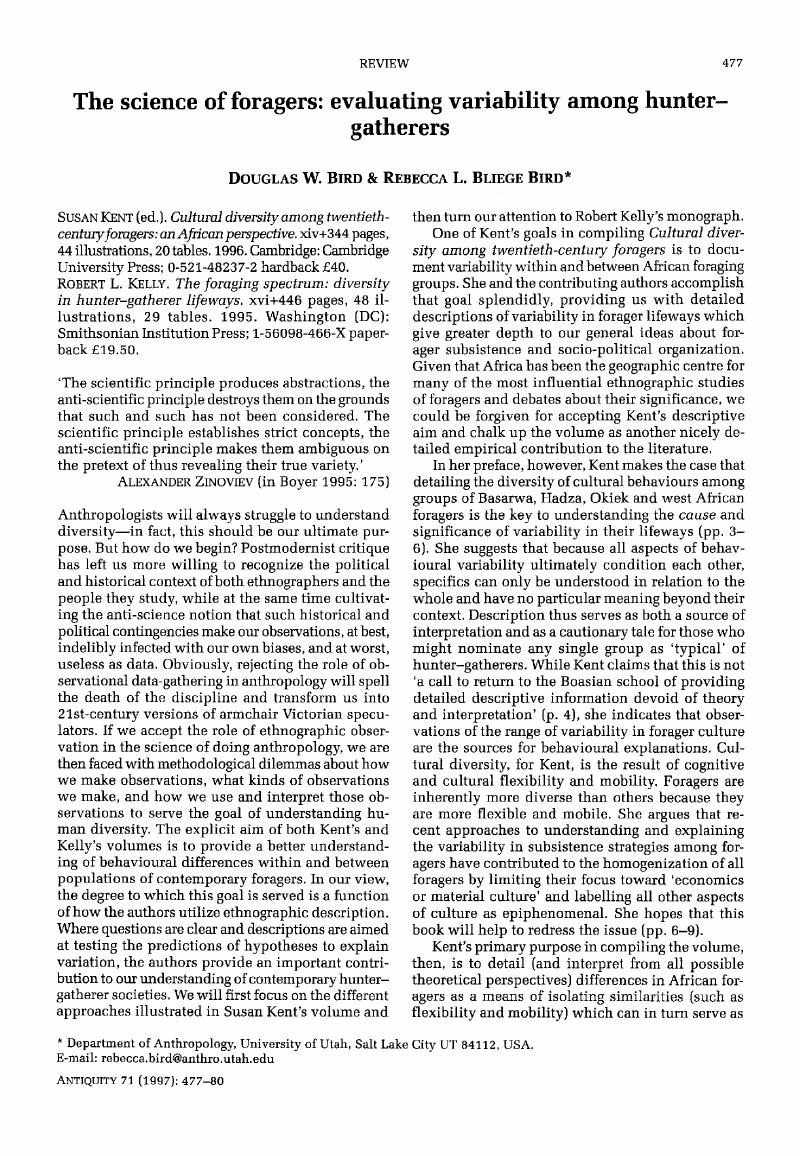Crossref Citations
This article has been cited by the following publications. This list is generated based on data provided by Crossref.
di Lernia, Savino
2001.
Dismantling Dung: Delayed Use of Food Resources among Early Holocene Foragers of the Libyan Sahara.
Journal of Anthropological Archaeology,
Vol. 20,
Issue. 4,
p.
408.
Fox, Keolu
Rallapalli, Kartik Lakshmi
and
Komor, Alexis C.
2020.
Rewriting Human History and Empowering Indigenous Communities with Genome Editing Tools.
Genes,
Vol. 11,
Issue. 1,
p.
88.
Goder-Goldberger, Mae
Gilead, Isaac
Paixão, Eduardo
Horwitz, Liora Kolska
and
Sánchez-Romero, Laura
2025.
New Insights on an Old Excavation: Re-visiting the Late Middle Palaeolithic Site of Far’ah II, North-western Negev, Israel.
Journal of Paleolithic Archaeology,
Vol. 8,
Issue. 1,



